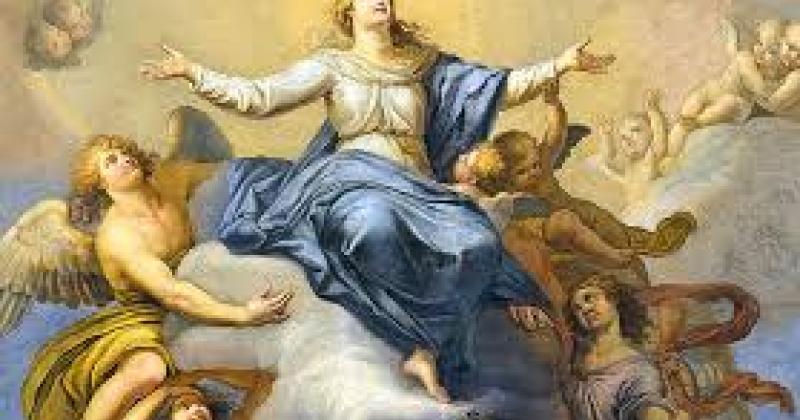In many places the Feast of the Assumption of Mary the mother of Jesus, which is also known as the Dormition (falling asleep) by our Eastern Churches is kept on the date it falls, but in other places if Sunday follows or precedes then there is a transfer of the festival, so in England and Wales we celebrate it this year on the Sunday!
Our Lady, Notre Dame, the Blessed Mother, the Immaculate, or in old English use, St Mary the Virgin, to use many of the ways in which we identify her, is deeply embedded in Catholic and Orthodox faith and piety. She is honored throughout the world and her image is found in many different guises, one thing that those who see Christianity as white European colonialism, need to take a look at how she has been and is portrayed in art, not least through the subject of Mother and Child. She has been adapted, inculturated and belongs to us all. When such a fuss was being made about the Pachamamma images thrown into the Tiber during last years Amazonian Synod, few people took the trouble to see many more, and much earlier examples of Our Lady appropriating older images in order to act as a transmitter of Gospel truth. Think of the many ancient Black Madonnas we have, not all of them are simply the result of candle soot and incense patination, they emerge as links between the deeper wider world of the sacred and the power of Christ working through the human agency of his mother Mary!
This brings me to the heart of my reflection on Mary's Assumption. The second reading of the Eucharist takes Paul's words in I Corinthians 15 as a meditation, for me particularly these words:
" But now Christ has been raised from the dead, the first fruits* of those who have fallen asleep* For since death came through a human being, the resurrection of the dead came also through a human being.
For just as in Adam all die, so too in Christ shall all be brought to life". (I Cor 15:20-22). We miss the extraordinary potency of this feast if we let the accretions of piety; art and poetry completely take over what is essentially a simple, stark fact. That Mary died as we shall die. There is no easy way out of the Assumption for it is as it is; death is Mary's lot as it is ours, as it was for Christ who descended into death.
Yes there is that other side of the flip chart of piety, which says all, will be made well, that is what the icons show us in Christ holding up the tiny image of Mary's soul to take it with him into paradise regained. That is what other artists try to show in their image of her rising into the heavens to be greeted by Christ, but we really do need to be careful, the real Mary dies our death and in Christ is brought to life. To the end her rugged ministry in humility as a pointer, the route to her son continues.
